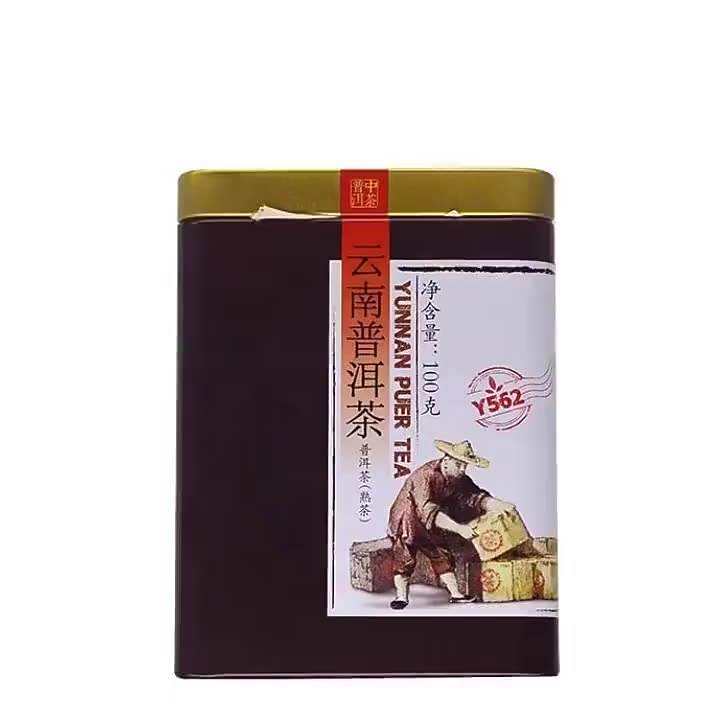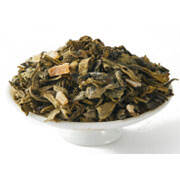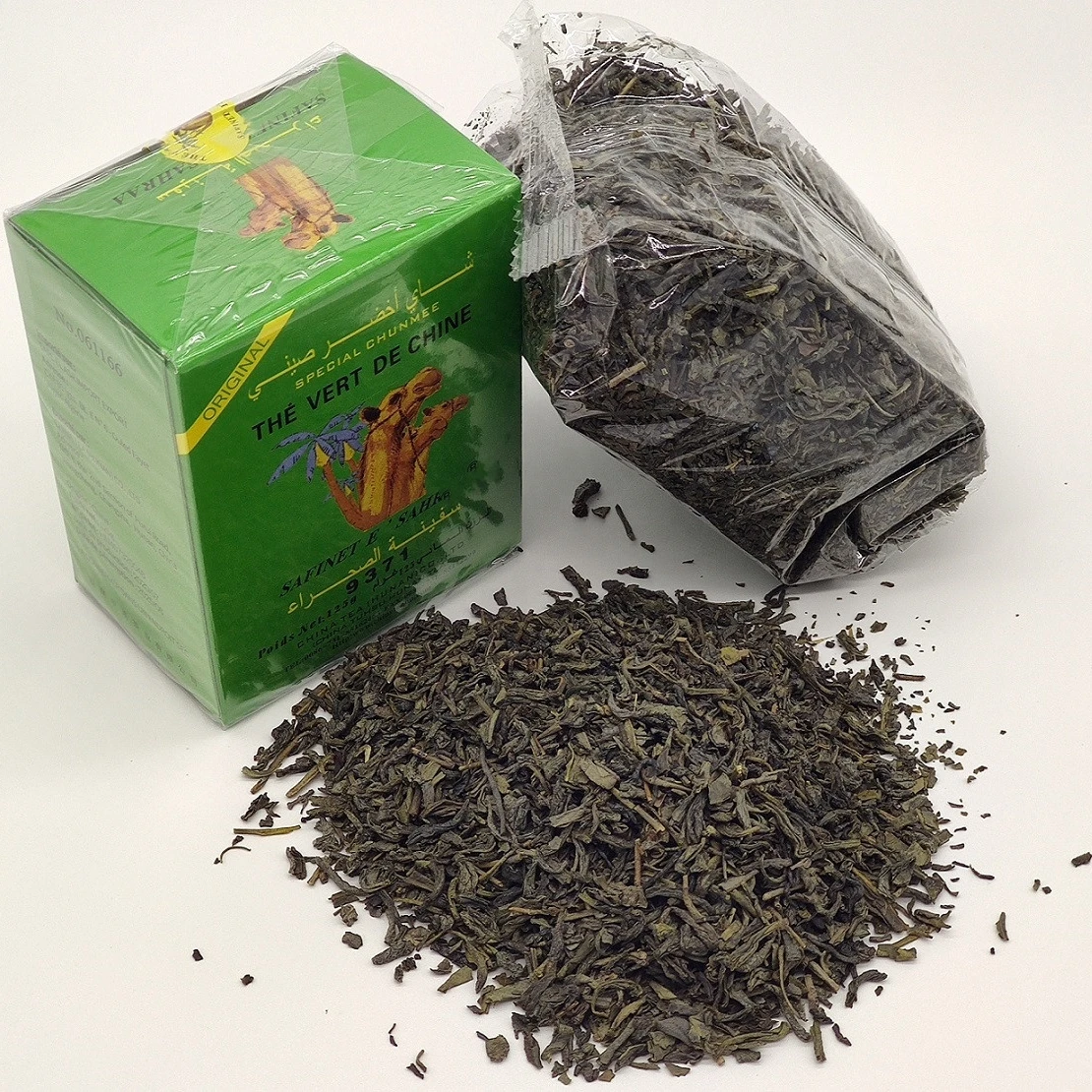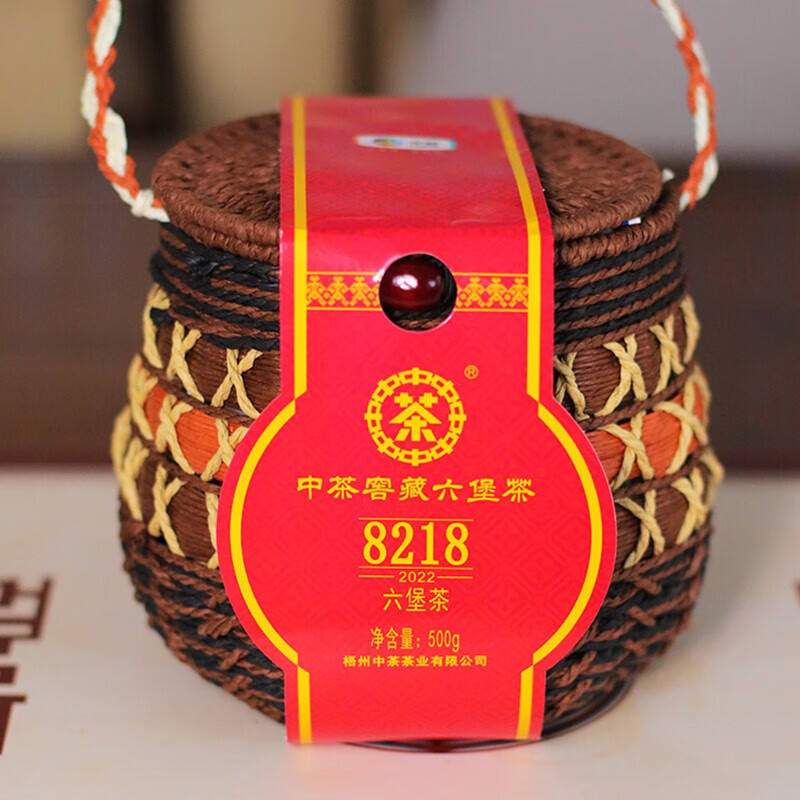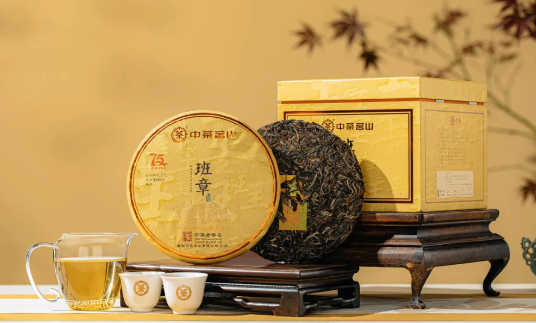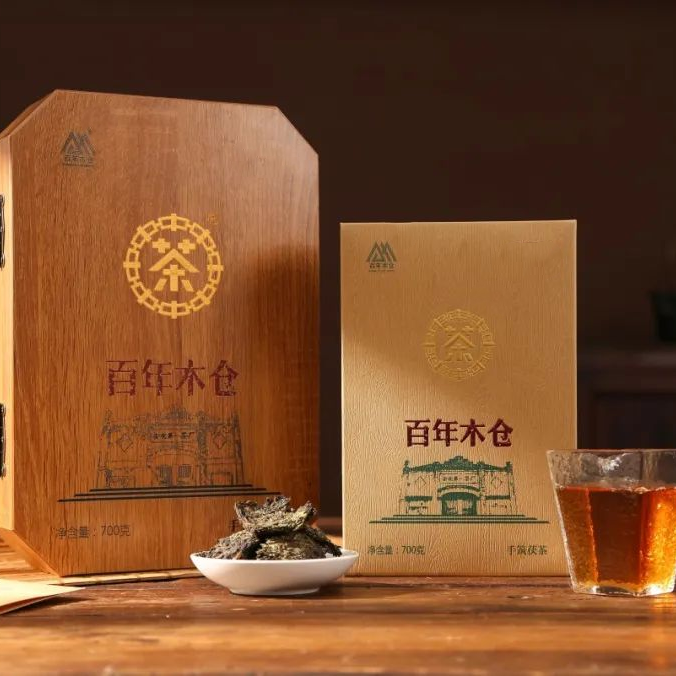China Tea Wins the Title of "Leading Enterprise in International Awareness (Tea Industry)"
On May 12, during the "2024 World Brand Moganshan Conference", Reference News, Xinhua News Agency, released the excellent cases included in "China Enterprise Overseas Communication Capabilities Analysis Report (2023)". China Tea Co., Ltd was honored the "Leading Enterprise in International Awareness (Tea Industry)".
View More






 EN
EN
 AR
AR NL
NL FR
FR IT
IT JA
JA KO
KO PT
PT RU
RU ID
ID MS
MS